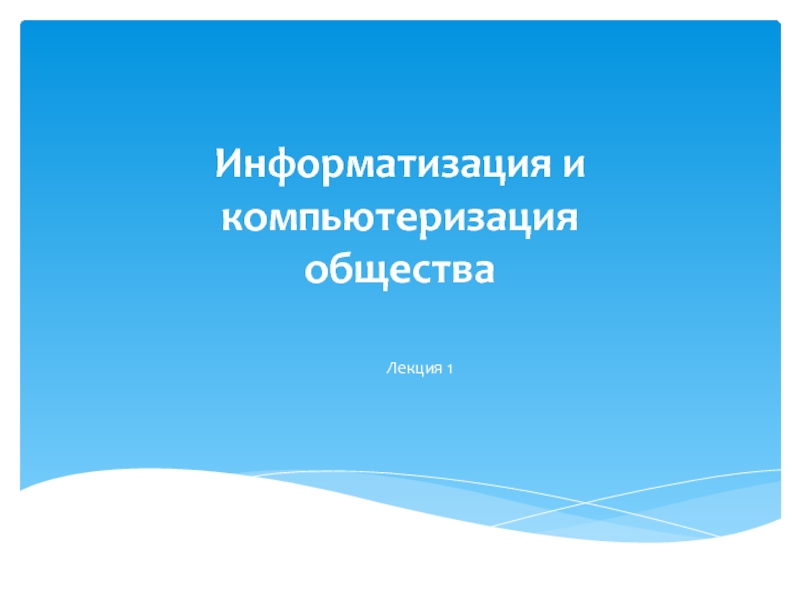not obtain sufficient amount of food in nature and require
additional feeding. However, the physiological and biochemical consequences of the feeding still remain poorly understood. Especially, little is known about the possible effects on the activity of antioxidative enzymes, e.g., catalase (CAT) and ascorbate peroxidase (APX), which are responsible for the scavenging of hydrogen peroxide and, therefore, are involved in the cell protection against different kinds of abiotic stress. The aim of our study was to evaluate the effect of summer feeding on the activity of CAT and APX in forager bees.Effect of summer feeding on catalase and ascorbate peroxidase activity in honey bee (Apis mellifera L.)
L.S. Yazlovytska, Е.O. Chunkivsky, R.A. Volkov
Department of Molecular Genetics and Biothechnology, University of Chernivtsi, Ukraine
Introduction
It was found that the activity of CAT was about two orders of magnitude higher than the activity of APX. This indicates that in bees – like in other insects – CAT represents the main enzyme scavenging hydrogen peroxide where as APX plays an additional and probably specific role in cell protection. It was also found that the activity of CAT did not change significantly during our experiment in comparison of the experimental and control groups (Fig. 2). In contrast, the APX activity significantly increased in the experimental group on the 4th day of additional feeding, whereas in the control group it remained unchanged in all body parts examined. Herein, the highest increase of APX activity was observed in the tissues of the gut, and the lowest – in the tissues of the thorax (Fig. 3). The lowest increase of the enzyme activity in the thoracal tissue may be explained by adverse weather conditions during our experiment that resulted in reduction of flying activity of the forager bees. The APX activity returned to its original level within a week after termination of summer feeding. Thus, APX may play an important role in limitation of oxidative damage in bees, which received additional feeding.
Result and Conclusion
head
torax
gut
(x10)
supernatant
The activity of CAT and APX were measured
The protein content was assayed
Figure 1. Scheme of experimentation
µmol
µmol/min/mg prot
µmol/min/mg prot
- control colonies
- experimental colonies
І – before of the experience
ІІ – at the 4th day of the
experiment
ІІІ – at the 11th day of the
experiment
The experimental colonies received additional feeding with 60% sucrose solution for 3 days. The activity of CAT and APX was measured (I) before, (II) at the 4th and (III) at 11th day of the experiment (Fig. 1). The enzyme activity was determined in tissues of the gut, head and thorax from forager bees. The body parts od the ten working bees were combined and used to prepare one extract. Activities of CAT and APX were measured by the methods of Aebi and Amako, respectively. The protein content was assayed according to the method proposed by Bradford. Statistical analysis was performed using the Kruskal–Wallis one-way analysis of variance by ranks. The significance was declared at P<0,05.
Materials and methods
Figure 2. The activity of CAT was determined in tissues of the head(A), thorax(B), and gut(C) from forager bees (Mediana; Segment: range of values)
- control colonies
- experimental colonies
І – before of the experience
ІІ – at the 4th day of the
experiment
ІІІ – at the 11th day of the
experiment
Figure 3. The activity of APX was determined in tissues of the head(A), thorax(B), and gut(C) from forager bees (Mediana; Segment: range of values)
А
В
C
А
В
C




















